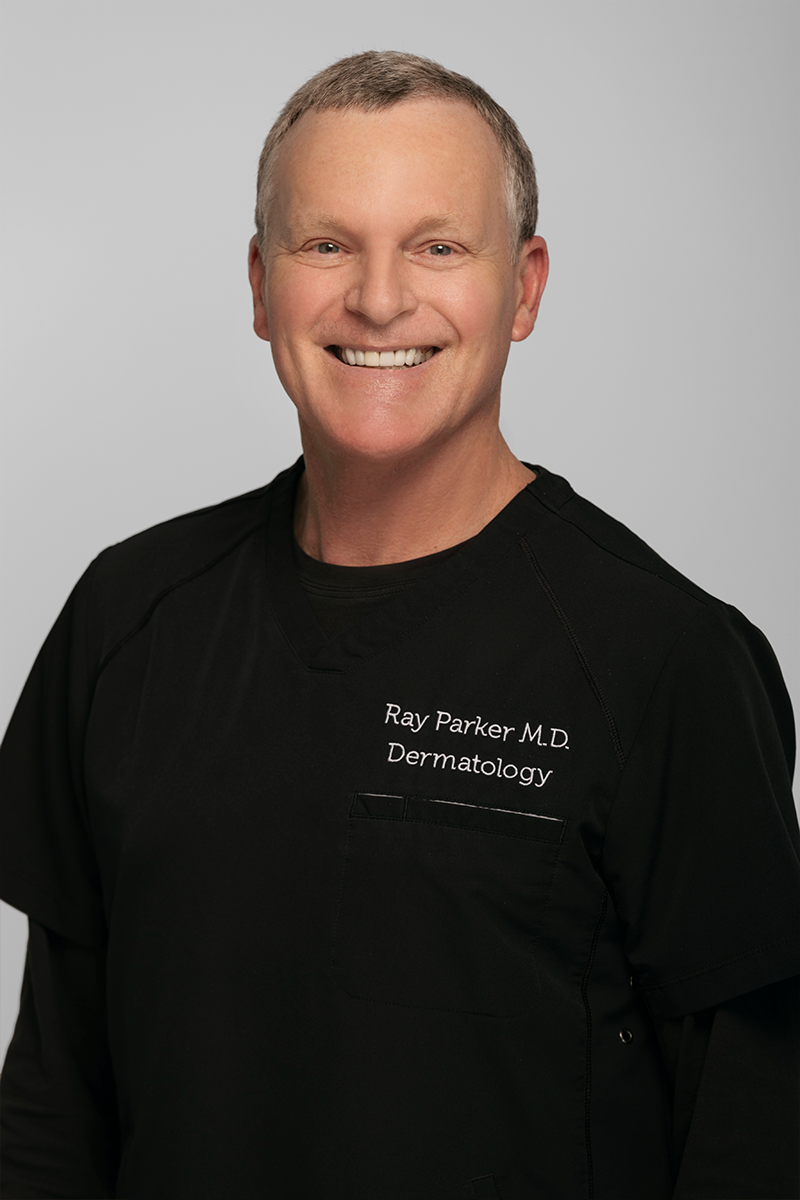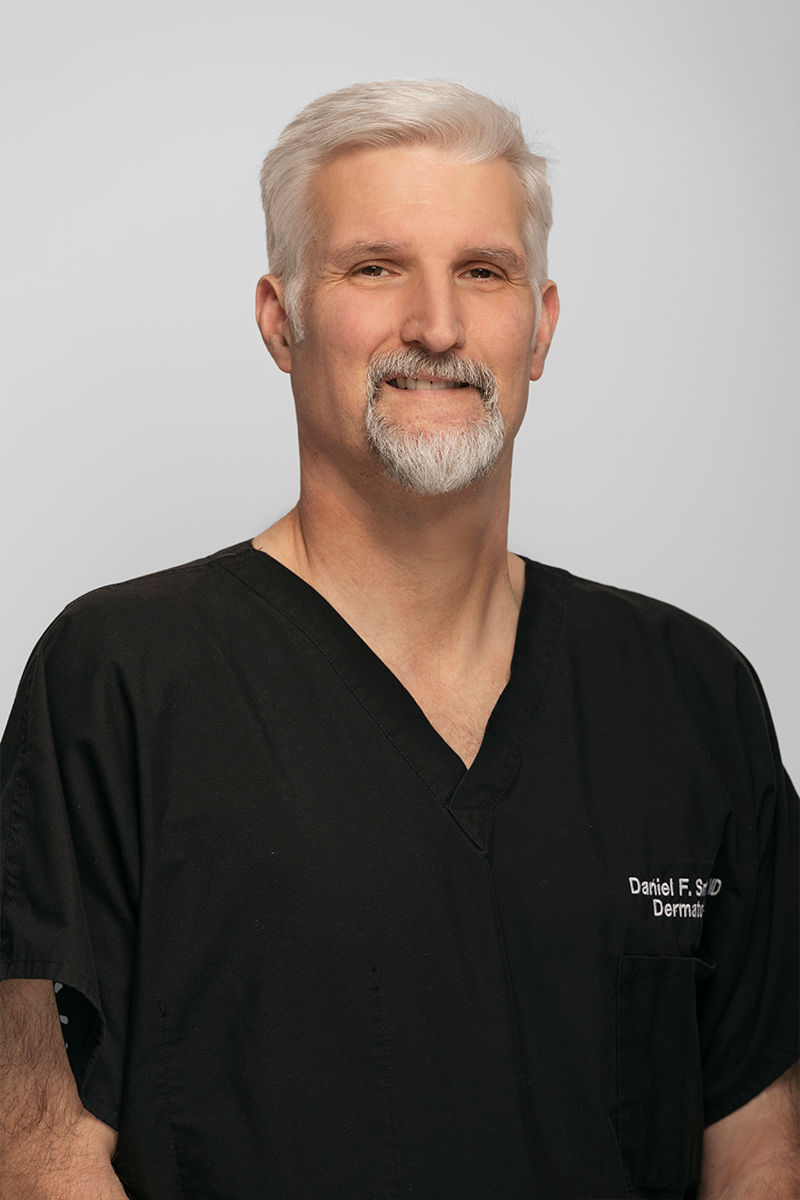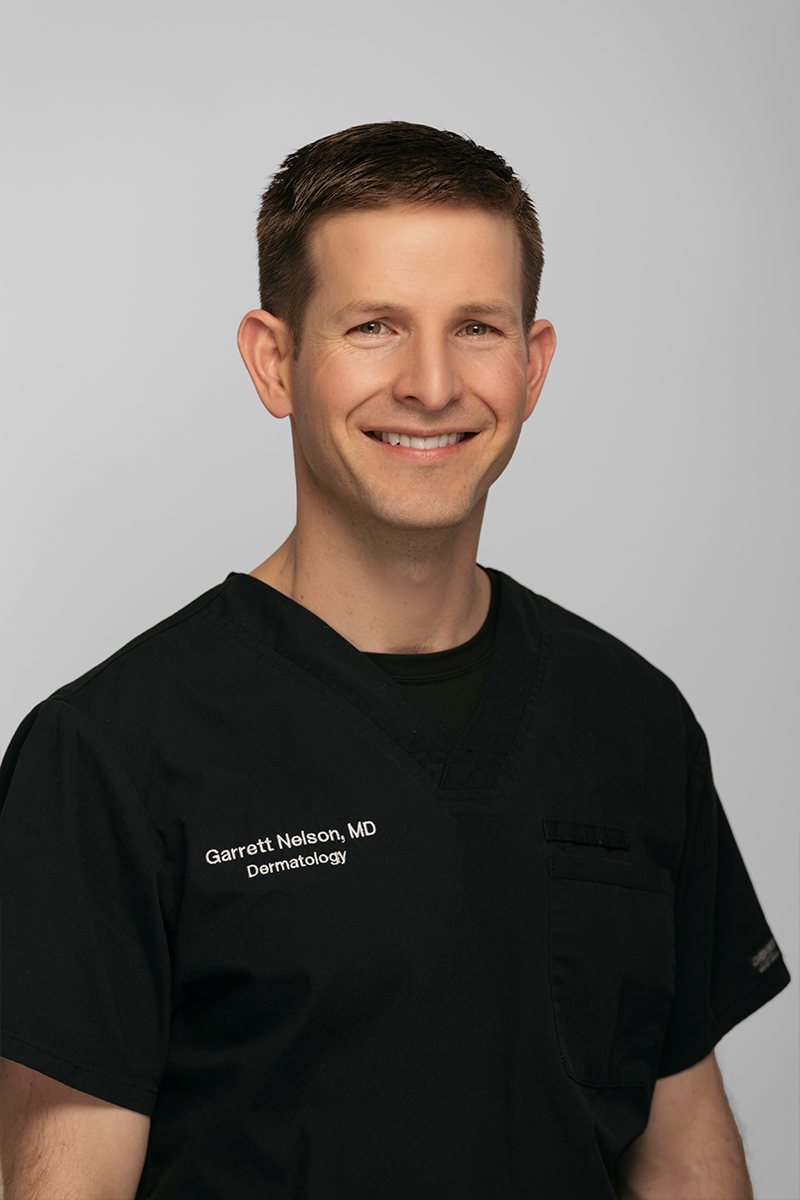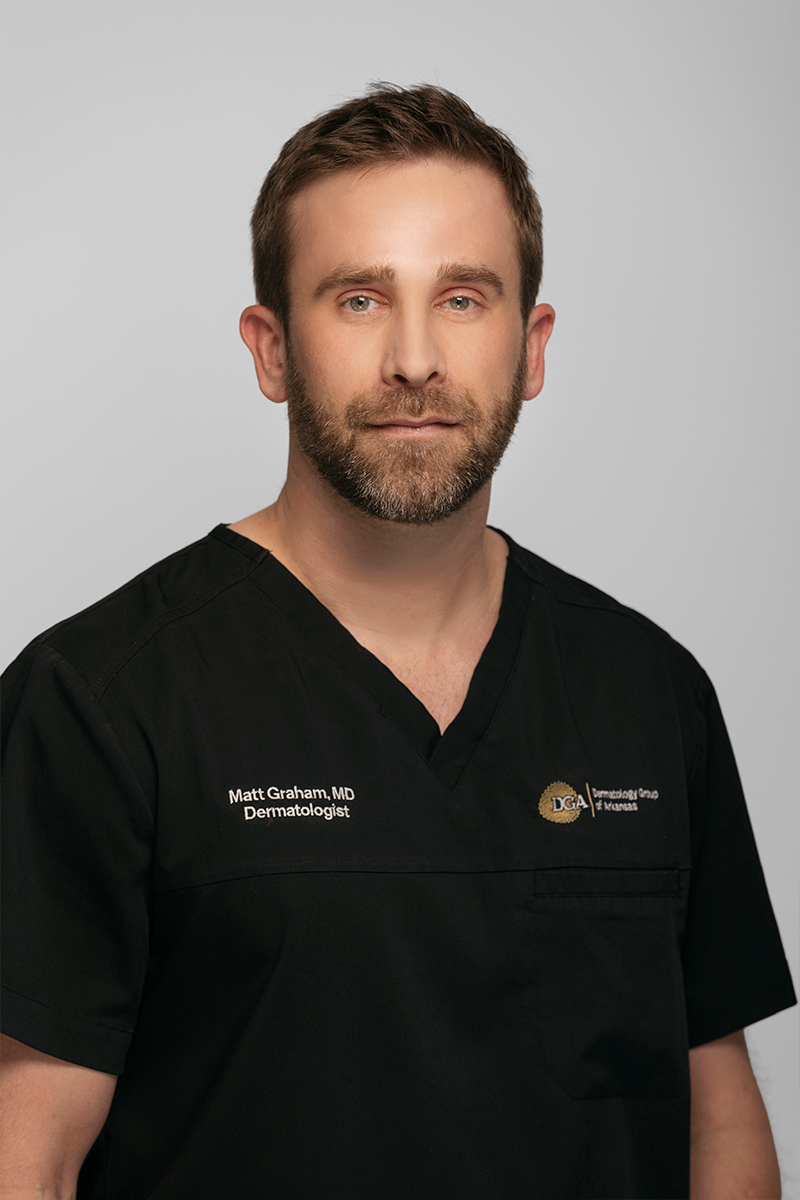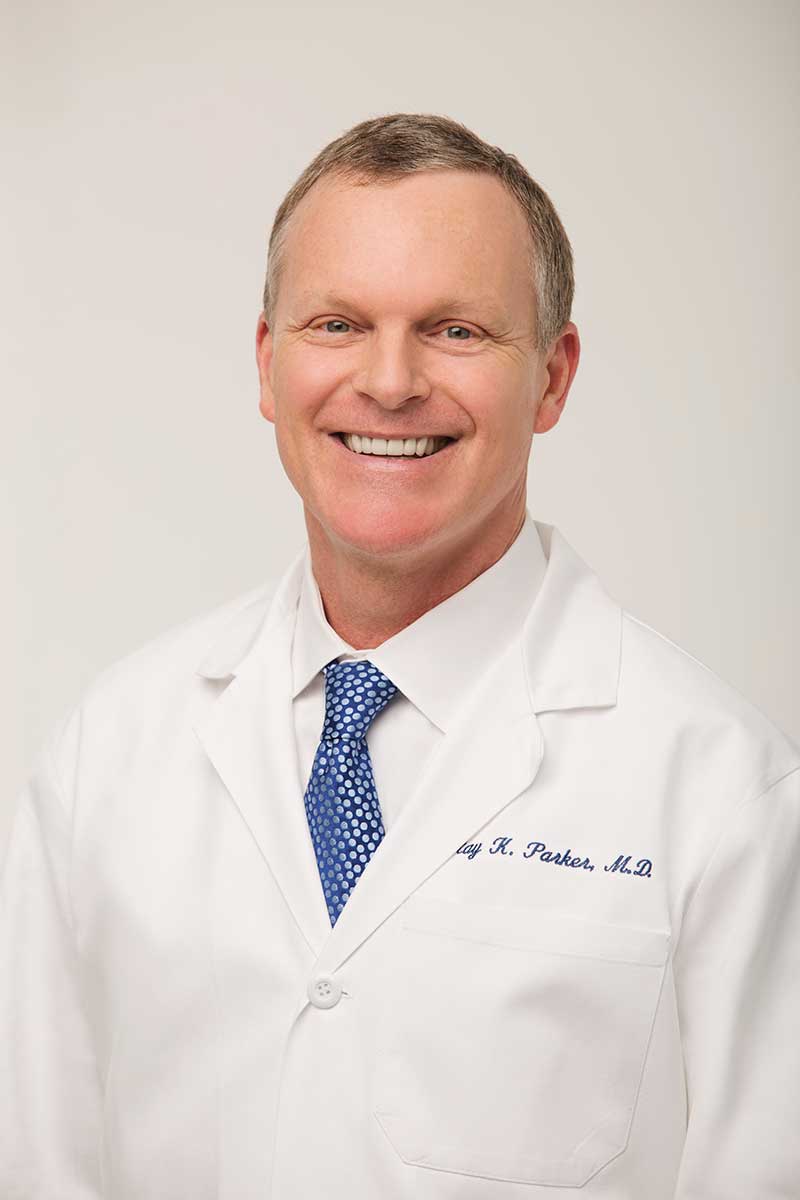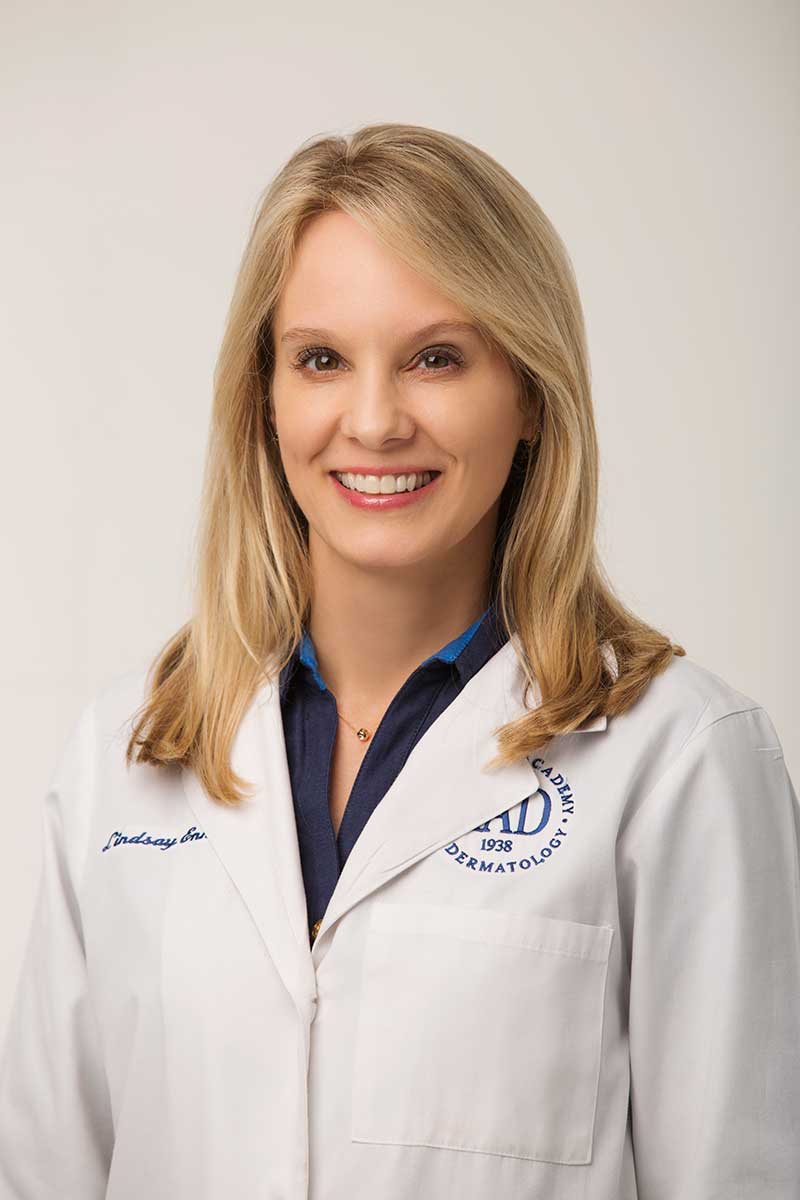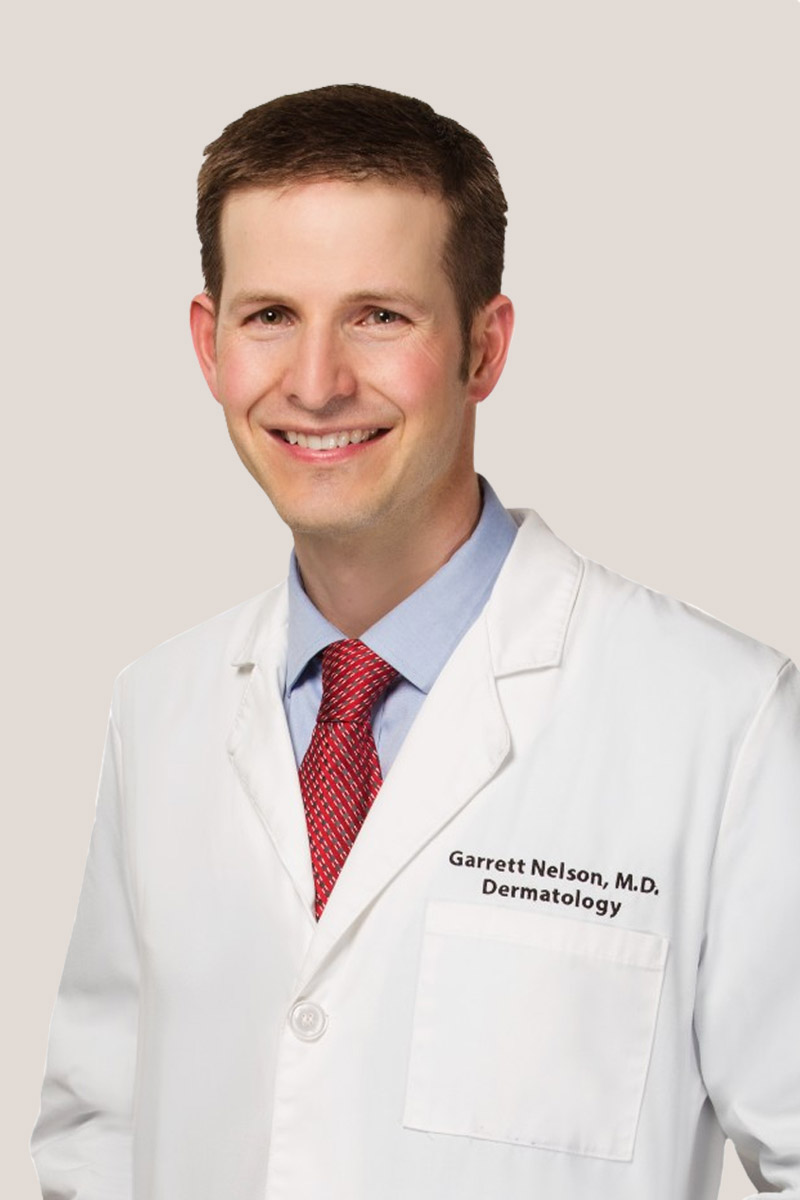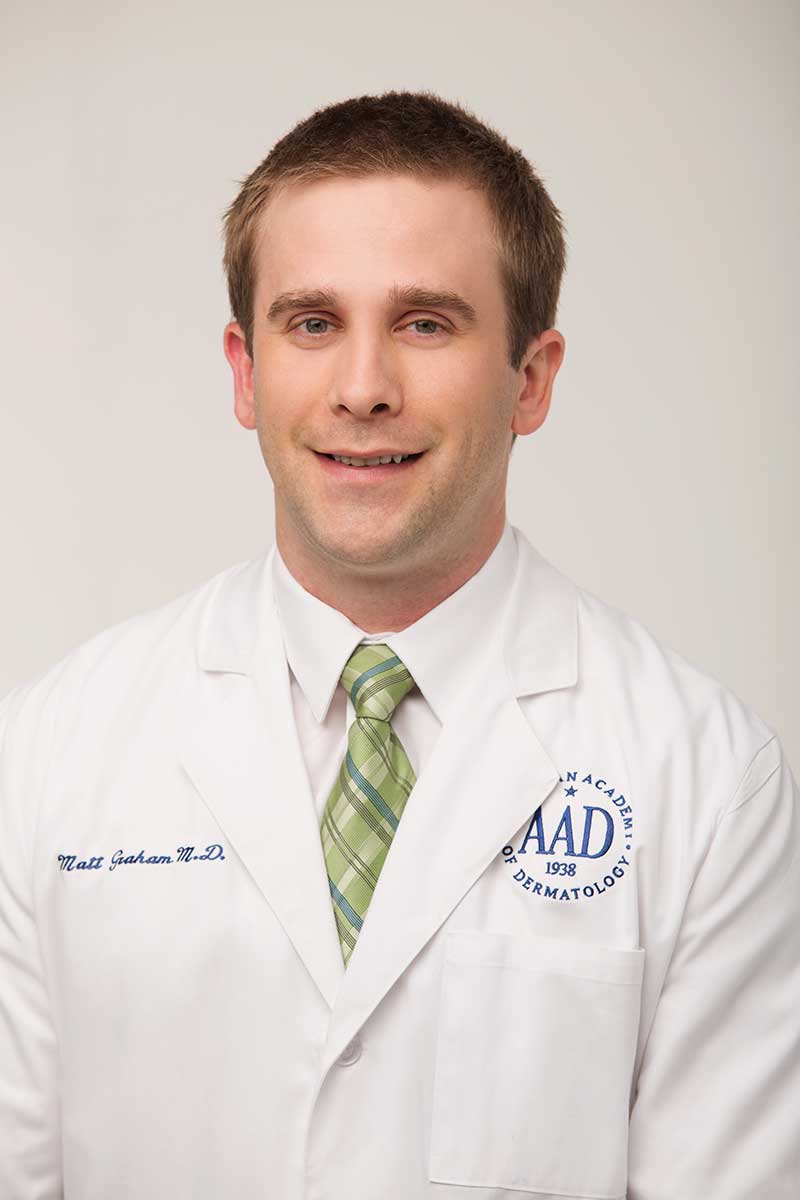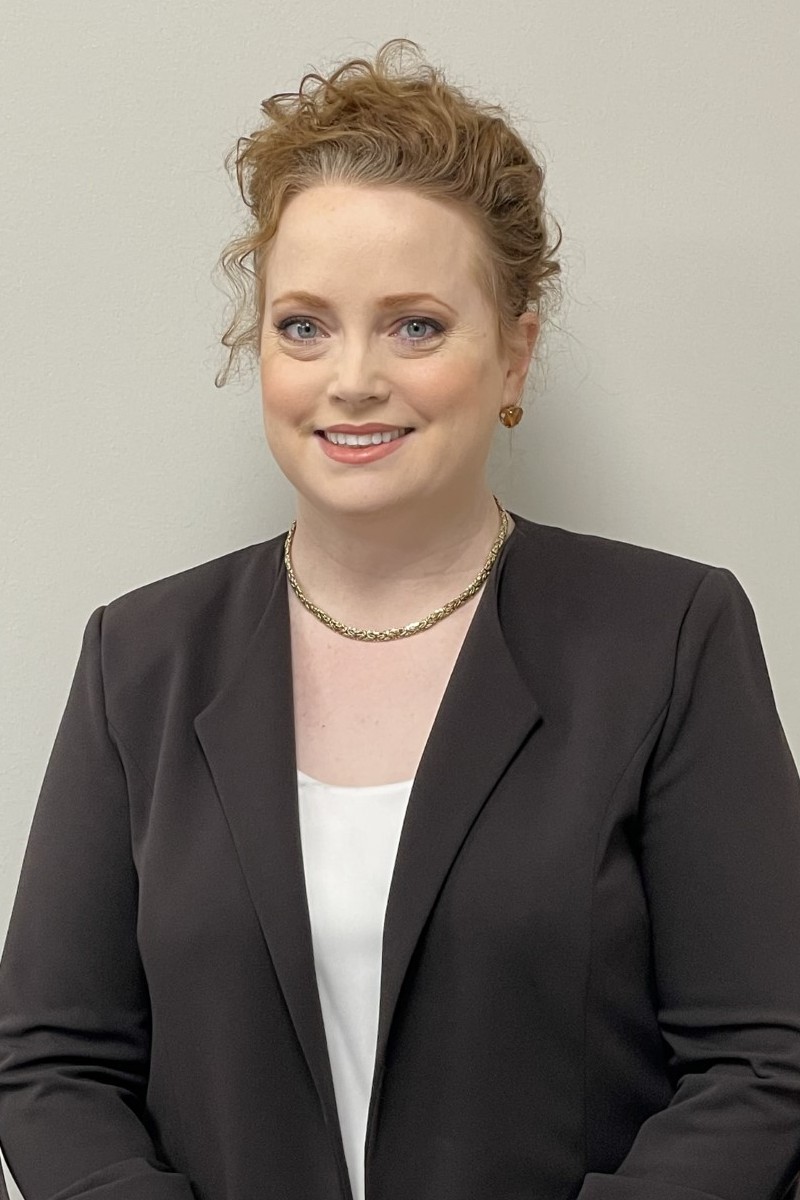Acne
Manage and Mitigate Outbreaks of Pimples and More in the Little Rock Area, Central Arkansas, and Beyond
Acne affects about 90 percent of all people at some point in life. The medical condition, though incredibly common, is nonetheless unwelcome. While many acne sufferers are annoyed with the problem, it can also move beyond a frustrating skin issue to a severe condition that causes scars, damages self confidence, and diminishes quality of life. When it comes to acne, the Little Rock area’s Dermatology Group of Arkansas works with each patient to meet their unique needs, from resolving outbreaks to preventing flare-ups.
It is important for patients to know that acne is not always easy to clear up. Suitable and effective treatments depend on the severity and type of the problem, and many treatments may be used alone or in combination depending on what’s best for the individual. Our dermatologists have significant education, training, and experience in working with patients to achieve life-changing results.
Contact Us Today
Schedule your consultation for acne for Little Rock, all of Central Arkansas, and beyond. Call us at the Dermatology Group of Arkansas at 501-227-8422. You can also send us a message online!

Acne Basics
Acne is believed to be the most common skin condition in the country. Many people grow up hearing that pimples are the result of eating too much chocolate, touching your face, or some other cause. In reality, acne is a complex condition with a variety of contributing factors. The four main factors that contribute to this condition are excess oil production, oil or dead skin cells that block hair follicles, bacteria, and inflammation. Breakouts can develop at any age but they are especially common during puberty when sebaceous glands activate.
All of the factors, however, lead to the same result: plugged follicles, which fill with bacteria and specialized cells sent in to fight that bacteria. Your skin is covered with these follicles, which are small pockets that open to the surface via a tiny opening known as a pore. They are connected to oil glands. As long as the pore remains clear, materials—such as oil and naturally occurring bacteria on the skin—can pass freely out of the follicle.
However, when oil mixes with dead skin cells, the resulting substance can “gum up” pores, closing off the follicle and trapping bacteria inside.
Bacteria eat natural oils—called “sebum”—and multiply in the follicle, prompting an immune response that involves white blood cells attacking the bacteria. With no way out, the bacteria and white blood cells gradually fill the available space, then start to bulge out on the surface. This is what creates the telltale bump of a pimple or pustule.
There are several things that are known to trigger or worsen the condition, including hormonal changes, greasy or oily substances, certain types of medications (such as drugs containing corticosteroids), emotional stress, consuming certain foods, friction and pressure on the skin, and menstruation. If is believed that if you have a family history of this condition, you may have a higher risk of developing it. Complications such as pitted skin, thick scars, and other skin changes such as hyperpigmentation may occur because of the condition.
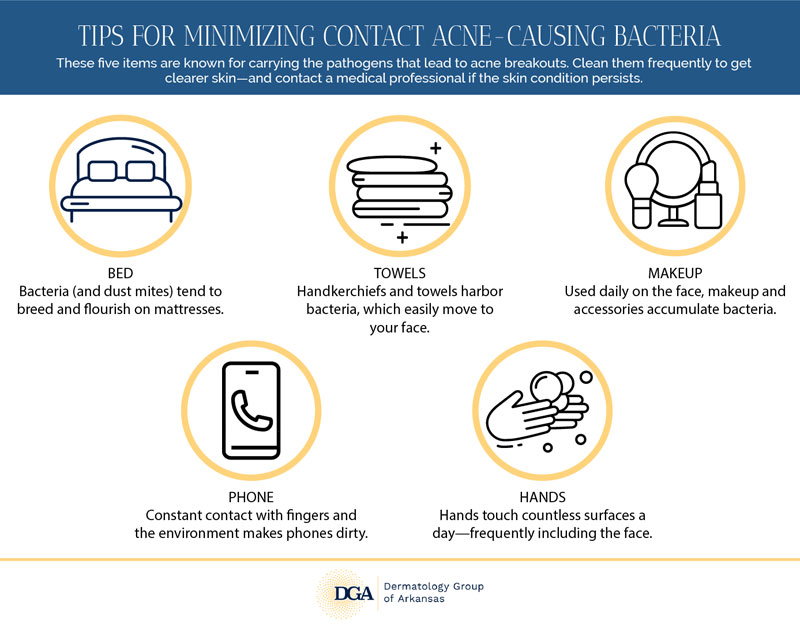
Types of Acne
There are many ways acne can develop, ranging in severity from tiny and barely noticeable spots to large and painful lesions. Breakouts can develop anywhere on the face and body, but they are most common on the forehead, chest, shoulders, and back because oil glands are most abundant on these areas.
Whiteheads and Blackheads
Some clogged pores trap oil and dead cells in a follicle, but don’t catch bacteria or lead to inflammation. If such a filled follicle is closed off from the surrounding air, the material inside appears light in color, resulting in what is known as a whitehead. If the pore is open to the air, a chemical reaction causes the substance in the follicle to darken. This is known as a blackhead.
Papules and Pimples
Trapped oil, skin cells, bacteria, and white blood cells that cause visible bumps on the surface are the next stage “up” in terms of severity. Red bumps are called papules, and they can appear just about anywhere on the face, as well as parts of the body, such as the chest, back, and buttocks. Pimples are bumps with a light-colored center, indicating that the material inside the follicle is visible.
Nodules and Cysts
If a follicle ruptures, the mix of bacteria, oil, and cells can leak out into the surrounding tissue, causing a larger lesion beneath the surface. Nodules are hard, inflamed pockets of material than can be painful to the touch and cause large, red bumps to appear on the skin. Cysts are similarly deep types of acne, but are softer and filled with pus. Both of these severe types can cause scarring and require professional dermatological help.
What Treatments Are Available for Acne?
The best “treatment” for acne is prevention. At Dermatology Group of Arkansas, we educate patients on ways to reduce the risk of future breakouts. Regular, gentle cleaning is ideal for removing excess oil and dead skin cells so there’s less material on the face to potentially close off follicles.
The first step for treating acne will usually be to create a good, consistent skincare routine. Patients may also then try to identify their triggers. Some patients, however, develop acne problems even despite consistent at-home regimens designed to keep skin clean and clear. For anyone struggling with pimples and worse, there are options.
Treatments are uniquely tailored to each individual, and the most suitable option depends on the type of lesion. Less invasive treatments will usually be effective for superficial acne lesions, while more involved treatments that penetrate deeply into the skin layers may be required for severe forms of this condition.
Many patients respond well to prescription medications such as antibiotics and retinoids, like Retin-A ® and Differin® . For severe acne, Accutane® , a vitamin A derivative that has been used by millions of people, is quite effective when taken consistently for five to seven months.
At Dermatology Group of Arkansas, we can also use the Forever Clear® device to target acne with three different types of light: blue broadband light to kill p. acnes bacteria deep in the pores, yellow broadband light to reduce inflammation and redness, and infrared light to heal the skin. The three-step treatment is ideal for addressing ongoing outbreaks and reducing future chances of pimples from forming.
For some patients, chemical peels may help to reduce acne problems by opening pores and generally keeping the surface of the skin free of dead cells and excess oil.
It is important to not try to pop or pick at acne-related bumps—known as comedones—at home. Squeezing a blocked follicle can rupture the walls and lead to increased inflammation and a more severe problem. In some cases, as with nodular lesions, there is not even material that can come out when the bump is pressed. Dermatologists are specially trained in resolving acne issues as effectively as possible with minimal signs of damage.
Who is a Good Candidate for Acne Treatments?
If you have persistent and pronounced acne that hasn’t responded to other treatment methods, you may be a good candidate for professional acne treatments.
Meet Your Doctors
Meet Your Doctors
Meet Your Doctors
What Can Be Done About Acne Scarring?
Not every patient is able to clear their problem acne before deep cysts or nodules leave lasting marks in the skin. Because these lesions extend so deep below the surface, they can cause damage beyond the body’s ability to repair quickly on its own.
In addition to helping tame outbreaks, peels are also useful for removing layers of tissue where acne scars are present.
Laser skin resurfacing can also work to make acne scars less visible. This treatment involves focused light of a single wavelength making tiny channels all over the target area, each of which prompts a natural healing response. By vaporizing points where acne scars can be seen, then encouraging renewed collagen production in the surrounding tissue, new and healthy skin can grow and create a more uniformly smooth and even appearance. Microneedling works in a similar way, by using needles to create the channels and prompt collagen creation.
What Can Be Done to Prevent and Manage Acne?
Preventing acne completely may not always be possible, but there are ways to cope with the condition. If you have acne or acne-prone skin, there are steps that can be taken at home to look after your skin and reduce the chances of flare-ups.
Wash your face each day with an oil-free cleanser—but don’t routinely wash it more than twice daily. Avoid too much sun exposure, since it can cause the skin to produce too much sebum. Use a mild, over-the-counter acne cleanser that helps to remove the extra oil on the skin and warm water to wash your face. Don’t touch your face, vigorously scrub your skin, or pop pimples, because these actions can make scarring more likely to occur or push the infection farther down.
Wash your hair regularly, and don’t use greasy hair products. Use water-based or non-comedogenic products on your skin, since your pores will be less likely to be blocked. Avoid tight-fitting clothing and choose loose, breathable fabrics.
Are All Skin Bumps Acne?
While acne is incredibly common, it is not the only condition that creates red bumps on the face and elsewhere. Rosacea, a condition known for causing chronic redness, can also make pimple-like patches appear on the face. These resemble acne, but are not actually the same thing—and so require a unique diagnosis and treatment plan.
If you have pimples or other red bumps on your skin, and especially if your acne is painful and interfering with your ability to enjoy life, an important first step is contacting a skin-focused professional to help.

Contact Us Today
Contact the Dermatology Group of Arkansas today for acne in the Little Rock area. Request a consultation online, or call 501-227-8422.
Stay In Touch
Our team at Dermatology Group of Arkansas is looking forward to hearing from you and building a relationship to help you get your best skin possible. Follow us online, reach out to us directly to set up a meeting, or both!
How May We Help?
[includeme] shortcode. This message is shown only to administrators.

